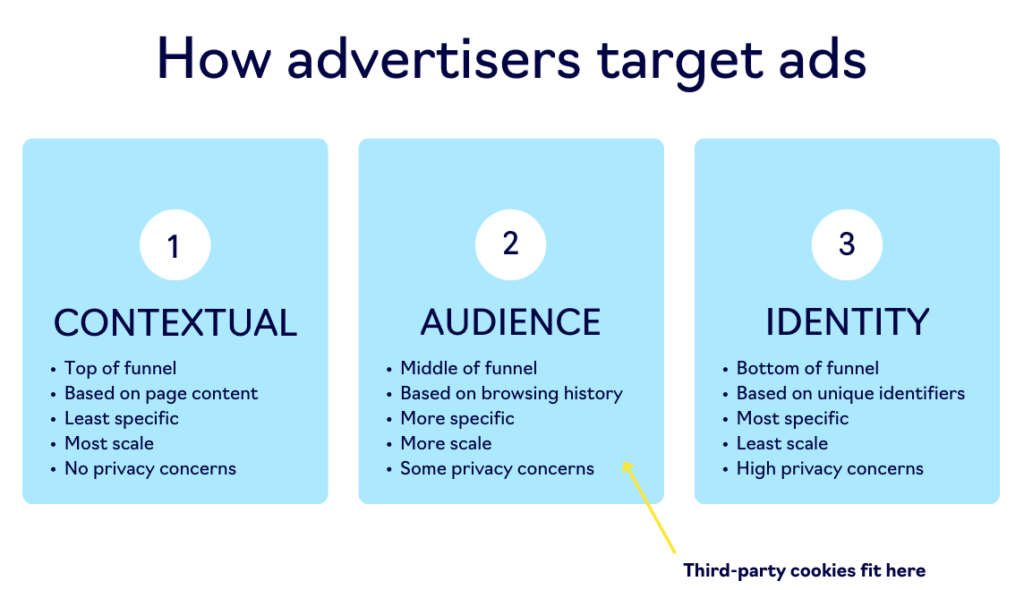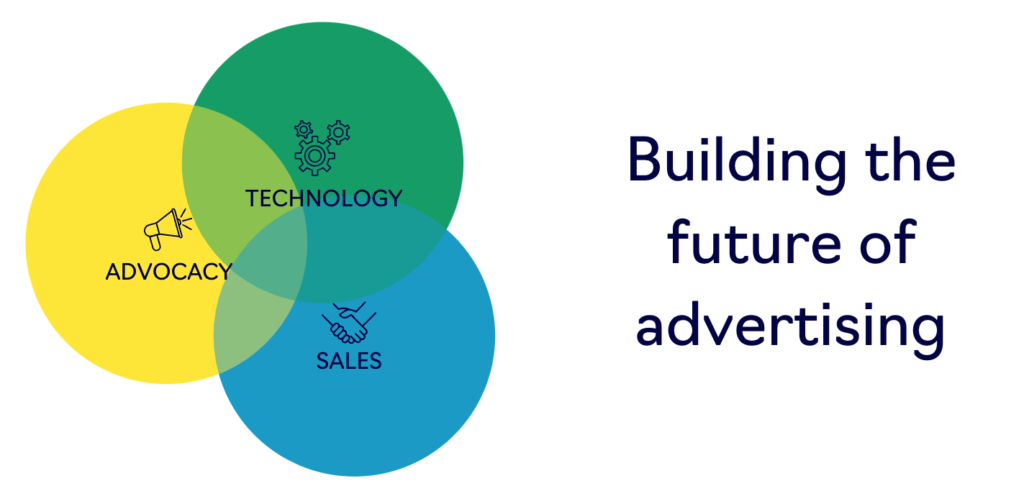5 takeaways from our Future of Advertising webinar with Brynne and Paul
Brynne Delerson, our head of publisher engagement and education and Paul Bannister, our Chief Strategy Officer, recently sat down for a live conversation with AdThrive and CafeMedia publishers to discuss the Future of Advertising. The conversation covered the state of...

Brynne Delerson, our head of publisher engagement and education and Paul Bannister, our Chief Strategy Officer, recently sat down for a live conversation with AdThrive and CafeMedia publishers to discuss the Future of Advertising.
The conversation covered the state of advertising today, what to expect in the future, and CafeMedia/AdThrive’s strategy for ensuring our publishers are supported, protected, and can grow now and in the future. They also tackled a ton of publisher questions.
Below are some of the best takeaways from their conversation.
A shaky economy and the elimination of third-party cookies is weighing down the ad industry
The two main drivers impacting advertising today are a shaky economy and the elimination of third-party cookies. Emily Burt, our Chief Customer Officer, says it best here in her recent post.
We can’t predict the future but there are reasons to be optimistic
It’s impossible to predict how the economy will impact publishers and advertisers, however we are optimistic our publishers are best positioned to withstand uncertain conditions as part of our network vs. other providers. Our product and engineering teams are constantly improving our ad code to minimize the impact on the backend and optimize earnings. In addition we have the largest and most experienced direct sales team selling independent publishers which helps to deliver 2-3x more directly to publishers vs. open market buys. And lastly, we have several exclusive demand partners who add incremental value to our publishers bottom line.
The elimination of third-party cookies isn’t as scary as we first thought – but we’re not out of the woods yet
A lot has changed since Google first announced it was eliminating third-party cookies. When third-party cookies are phased out, we will be prepared to minimize any potential impact through the work that we are doing now and over the long term. On the other hand, there is a huge amount of variability in what the outcome might be, and we need to be constantly vigilant.
Plus, it’s important to remember Chrome is the last browser supporting third-party cookies and it makes up 60% of web traffic. Safari and Firefox browsers (and a few others) make up the other 40% and they eliminated third-party cookies years ago. The entire industry is working on dozens of solutions to ensure advertisers can target the right people with the right ad while protecting privacy. All of the solutions to solve for the 60% will also help raise the bar on how advertising works on the other 40%.
There’s no silver bullet for the future of advertising, it will be a patchwork quilt of solutions
First let’s talk about how advertisers target ads today. The chart below oversimplifies this to an extent but it helps reinforce that third-party cookies is only one of the targeting options available to advertisers.

There is a lot of misunderstanding around what it means when third-party cookies go away. Some people think cookies will be replaced with another technology and that’s not the correct way to think about this. There’s not one answer. There are dozens of new audience targeting technologies (what third-party cookies do today) that are being developed, beta tested, and assessed by many different companies. Some won’t work at all. Some will work for a year. Some will work for a few years as a bridge to something else. And some will work forever.
We’ve been involved in developing and setting the standards around a significant number of the solutions so we have a very keen understanding of how they will or won’t work for our publishers.
We believe the solutions that will likely stand the test of time will have three things in common: 1) Google will be on board, 2) They will be scalable (email identity is one solution, but likely something that will bridge to the next technology as one publisher won’t have the scale amongst only their readers), 3) It will be accessible in the sense that many different companies will be able to easily tap into the solution.
We are leading the conversation and championing the needs of independent publishers
Our three pillar strategy leaves no rock unturned as we prepare for the elimination of third-party cookies. The multi-layered approach sets our publishers up to be on the top of any waves that might be made with the shift from third-party cookies so they don’t get swept away in an undertow.

1. Sales. Direct relationships with advertisers secure higher spending. We have invested in growing the team and today our team is three times larger than any competitor. Our team enables direct access to top brands and unique ad supply platforms that yield more for publishers, access to inclusion lists that advertisers can bid on in the open market, and unique ad formats, custom targeting and rich insights for advertisers leading to higher-paying campaigns.
2. Technology. This is all the ways we are working with lots of different companies to develop and test a wide array of new targeting solutions across contextual, audience, and identity. There are dozens of different technologies being worked on right now, and we’re involved in the creation and testing of all of them – making sure that CafeMedia/AdThrive publishers will get access to all of the best new solutions. To see the full spectrum of solutions being considered, check out Paul’s recent assessment of all of the third-party cookie alternatives.
3. Advocacy. We have a seat at many tables to ensure we are at the forefront of conversations and can represent the needs of the independent publisher. This includes seats on the W3C, the IAB Tech Lab, Prebid, and PRAM. In addition, we have people speaking to regional and national officials who are crafting legislation and regulations that could impact publishers. And we launched Web Wide Open last year and continue to use that platform to advocate for the needs of the independent publisher and a thriving open web.
